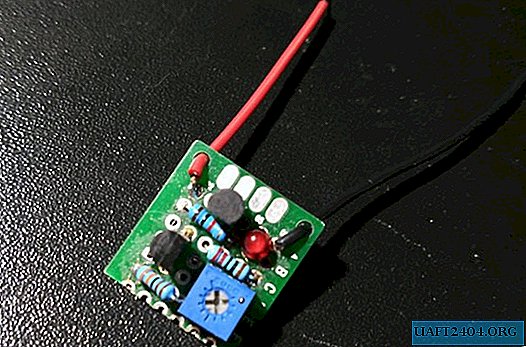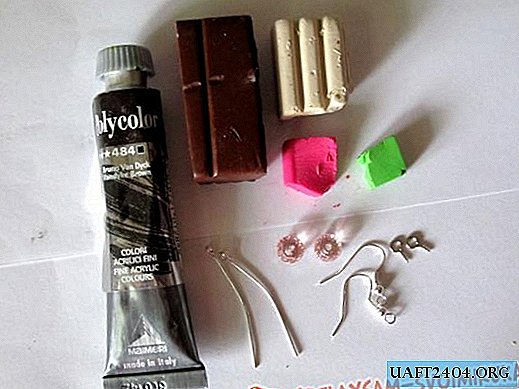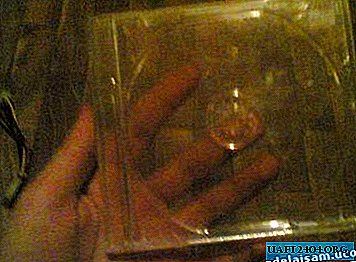Share
Pin
Tweet
Send
Share
Send

The most common battery has a brand 18650, its voltage is 3.7 V. For which I will do a discharge indicator.
Probably, it is not worth telling how harmful their batteries are to the crane low discharge. Moreover, for batteries of all varieties. Proper use of batteries will extend their life by several times and save you money.
Charge Indicator Diagram

The circuit is quite universal and can operate in the range of 3-15 volts. The threshold can be adjusted with a variable resistor. So the device can be used for almost any battery, be it acidic, nickel-cadmium (nicd) or lithium-ion (Li-ion).
The circuit monitors the voltage and as soon as it falls below a predetermined level, the LED will light up, indicating a low battery discharge.
The circuit uses an adjustable Zener Diode TL431 (link where he took). In general, this zener diode is a very interesting radio element, which can significantly simplify the life of radio amateurs when constructing schemes tied to stabilization or threshold operation. So take it into service, especially when building power supplies, current stabilization circuits, etc.
The transistor can be replaced with any other NPN structure, the domestic analog of KT315, KT3102.
R2- adjusts the brightness of the LED.
R1 is a variable resistor with a nominal value of 50 to 150 kOhm.
The R3 rating can be added up to 20-30 kOhm to save energy if a transistor with a high transmission coefficient is used.
If you do not have an adjustable stabilizer TL431, then you can use the proven Soviet circuit with two transistors.

The threshold is set by resistors R2, R3. Instead, you can solder one variable to enable adjustment and reduce the number of elements. Soviet transistors can be replaced with BC237, BC238, BC317 (KT3102) and BC556, BC557 (KT3107).

The circuit can be assembled on a circuit board or wall mounted. Dress the heat shrink tubing and blow the hot air gun. Glue on double-sided tape to the back of the case. I personally installed this board in a screwdriver and now I do not drive its batteries to a critical discharge.
Also, in parallel with the resistor with an LED, you can connect a buzzer (squeaker) and then you will definitely know about critical thresholds.
Share
Pin
Tweet
Send
Share
Send











